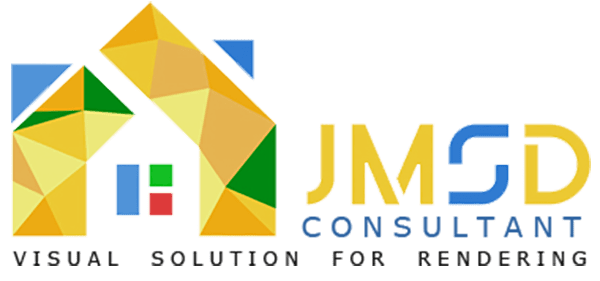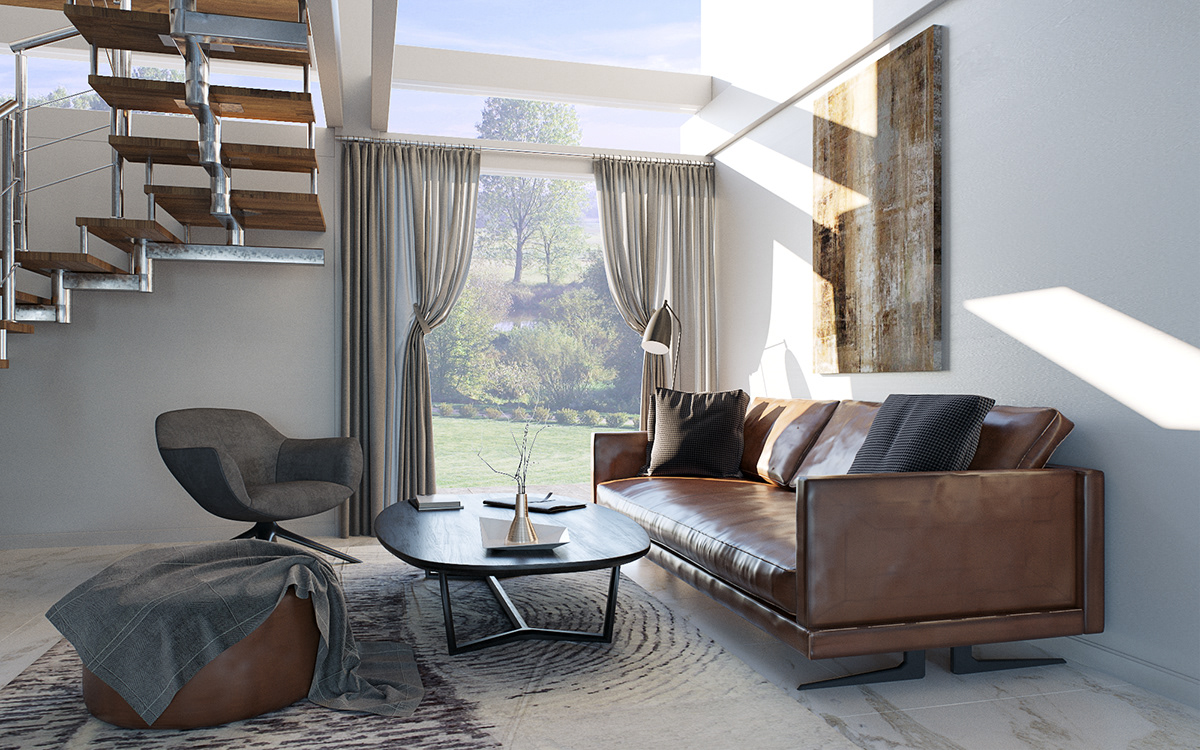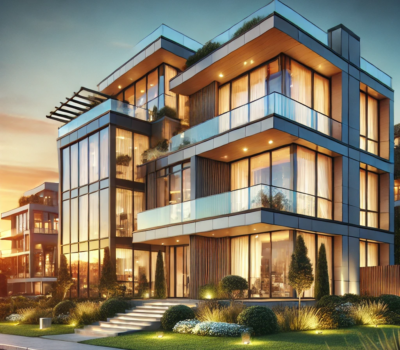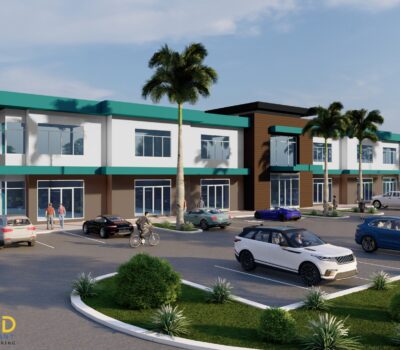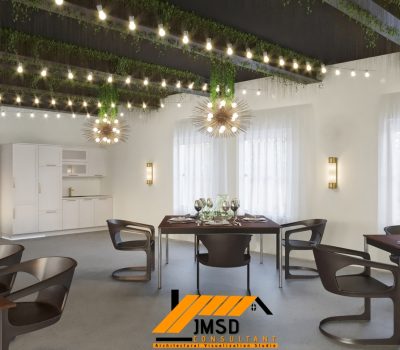In today’s competitive world, product design has evolved from traditional hand-drawn sketches into a sophisticated process that utilizes 3D rendering techniques. This transformation not only revolutionizes the way products are conceptualized and developed but also significantly impacts various industries, from architecture and automotive to fashion and consumer electronics. In this article, we’ll delve into the world of 3D rendering and how it has reshaped the landscape of 3D product design (Transforms product design).
Introduction to Transforms product design
Before we explore the profound impact of 3D rendering on product design, let’s begin with an understanding of what 3D rendering is. 3D rendering is a computer graphics technique that converts 3D models into 2D images with realistic lighting, shadows, and textures. It’s an essential tool that bridges the gap between a concept on paper and a tangible, lifelike representation of the final product.
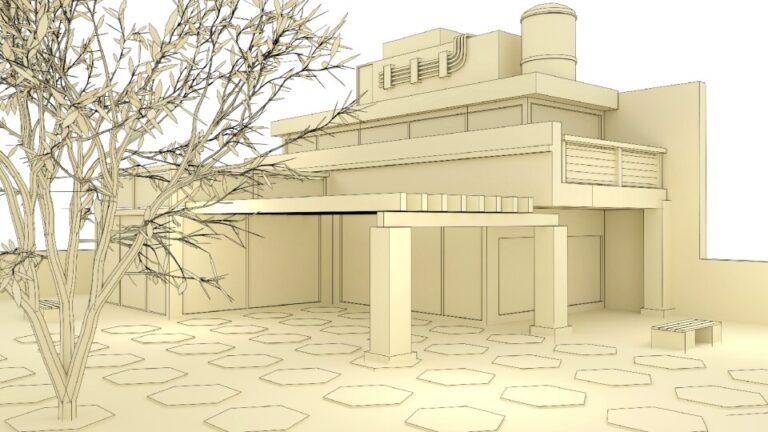
The Transition from Sketches to Digital Models
- The conventional method of product design often involved hand-drawn sketches and physical prototypes. However, with the advent of 3D rendering, designers can now create digital models that serve as the foundation of their projects. This transition has several advantages:
- Greater Precision: 3D models allow designers to work with precise measurements, reducing the margin of error.
- Efficiency: Changes and modifications can be made more swiftly, improving the overall design process.
- Cost-Effective: The elimination of physical prototypes results in cost savings.
Visualization and Realism
One of the most remarkable aspects of 3D rendering services is its ability to provide an incredibly realistic visual representation of a product. Designers can experiment with materials, colors, and lighting to create lifelike images and animations. This level of realism aids in the decision-making process and presents a clear vision of the final product.
The Role of 3D Rendering in Various Industries
Now, let’s examine how 3D rendering has made its mark in diverse industries:
Architectural Design
In architecture, 3D rendering has revolutionized the way blueprints and floor plans are presented. Architects can now provide clients with virtual tours of buildings before construction even begins. This not only aids in design approval but also helps in marketing projects effectively.
Automotive Design
For the automotive industry, 3D rendering allows designers to create realistic car models, test aerodynamics, and experiment with different finishes. This results in more aerodynamic and visually appealing vehicles.
Fashion
Fashion designers use 3D rendering to develop virtual clothing collections. This technology enables them to create detailed and lifelike simulations of fabrics, patterns, and how garments will look on models. It’s a game-changer for the fashion industry.
Consumer Electronics
3D rendering is instrumental in the creation of modern gadgets. Designers can visualize how electronic devices will look and feel, facilitating ergonomic improvements and enhancing user experience.
Challenges and Future Developments
Despite its many advantages, 3D rendering is not without challenges. Rendering complex 3D models can be time-consuming, and not all designers are proficient in using the software. However, the technology continues to evolve, and with the rise of augmented and virtual reality, the future of 3D rendering is promising.
Conclusion
In conclusion, 3D rendering has completely transformed the landscape of product design across various industries. It has enhanced precision, reduced costs, and increased the overall efficiency of the design process. The ability to visualize and experiment with virtual models has led to more innovative and user-friendly products.
we hope you like about transforms product design from Sketch to 3D. visit here to acknowledge about top 3d architectural companies in USA.
FAQs
- What is 3D rendering?
3D rendering is a computer graphics technique that converts 3D models into 2D images with realistic lighting, shadows, and textures. - How has 3D rendering impacted the architectural industry?
3D rendering has revolutionized architectural presentations, allowing architects to provide clients with virtual tours of buildings before construction begins. - What benefits does 3D rendering bring to the automotive design process?
In automotive design, 3D rendering enables the creation of realistic car models, leading to more aerodynamic and visually appealing vehicles. - How is 3D rendering used in the fashion industry?
Fashion designers use 3D rendering to develop virtual clothing collections, simulating fabrics, patterns, and the appearance on models. - What challenges does 3D rendering face, and what does the future hold for this technology?
Rendering complex 3D models can be time-consuming, but with the rise of augmented and virtual reality, the future of 3D rendering is promising.
